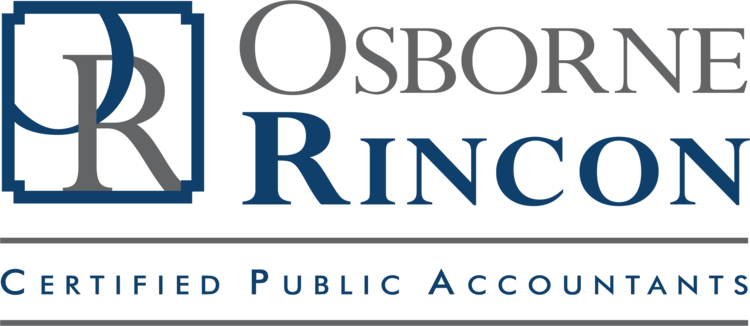By: Brian Jibben, CPA, MBA - Staff Accountant II, Osborne Rincon CPAs
Revenue cycle management is complex and hard to manage, yet is vital to ensure that your medical practice is getting paid what is owed as quickly as possible.
Maximizing reimbursement has many steps – including appointment scheduling, insurance eligibility verification, referrals, precertification to coding, charge capture, claims submission, payment posting, claims rejection reports, accounts receivable follow-up, denied claims management, patient statements, and collection agency account placement. Ensuring that you have the proper procedures in place to manage this process is paramount to maximizing your revenues.
Internal controls and processes should be in place to help manage the revenue cycle. Listed below are a few areas that should have set processes in place to manage the revenue cycle:
· Internal controls. Internal controls around charge capture should be in place to ensure that unbilled charge reports are monitored so that all charges have been billed and entered for all appointments.
· Acknowledgement/accept/reject reports should be worked daily. These reports indicate whether a claim has been accepted or rejected by the payer. Rejected claims should be reviewed timely in order to correct errors for resubmission.
· Denial management. This is another key area to ensure that the medical practice is being reimbursed for all of the charges they are entitled. It is important to have staff members trained, and to develop procedures to handle both soft and hard denials.
Key performance indicators (KPIs) can help you determine how well your medical practice is meeting goals and objectives. Monitoring KPIs can help make your medical practice more profitable, efficient, and patient-oriented. Listed below are a few indicators that should be monitored closely:
· Net collection rate calculation. This is total receipts minus refunds, then divided by charges minus contractual adjustments.
· Denial rate calculation. This represents total claims denied for a period divided by total claims billed for a period.
· Days in A/R. This factors the total accounts receivable divided by average daily charge.
· Adjustment to collections ratio. This is total adjustments for a period divided by total collections for a period.
If you have questions about managing the revenue cycle in your medical practice, or would like assistance in either developing internal controls and processes or reviewing your existing processes to ensure that they are functioning properly, contact Osborne Rincon CPAs.
For more information call Osborne Rincon CPAs at 760-777-9805
